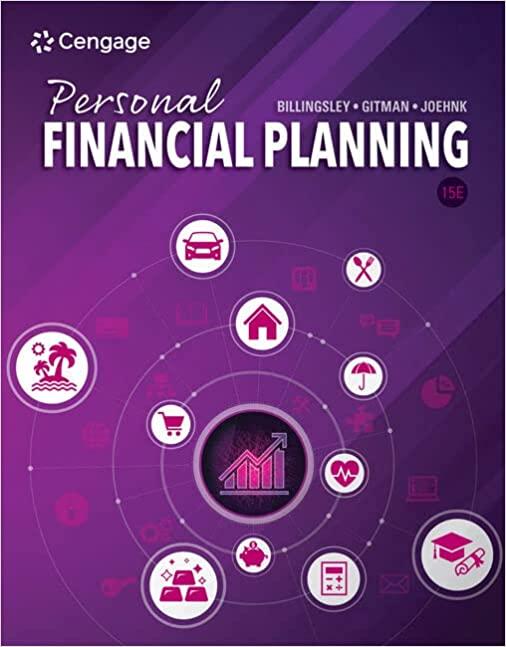Question
11-10. Red Rock Lobster (RRL) is looking to expand its business. The new business would generate $2.5 million per year in sales over the next
11-10. Red Rock Lobster (RRL) is looking to expand its business. The new business would generate $2.5 million per year in sales over the next 5 years. Annual costs would increase by $2.1 million. An investment in working capital of $50,000 would have to be made initially. The machinery (CCA rate of 30%) would cost $700,000, with additional costs of $10,000 and $20,000 to be incurred for setup and training. RRL estimates that it would be possible to sell the equipment for 10% of its initial value at the end of 5 years. The company would set up operations in a building it does not use but does rent out for $100,000 per year. If RRL's cost of capital is 12% and its tax rate is 28%, should it proceed with this new business?
11-13. Central Drug Mart (CDM) is a drugstore chain operating in Ontario and Quebec. The company is contemplating a home delivery service for its prescription drug sales to customers who are unable to pick up their drugs in the stores. CDM is investigating whether to invest in small hybrid automobiles. The new delivery service is forecast to increase prescription drug sales by $500,000 per year. CDM's total variable costs are 60% of sales. CDM will also charge a nominal delivery fee of $3 per delivery.
The new hybrid fleet would cost $890,000 and would have an economic life of 7 years, after which time the salvage value would be $40,000. The company expects to make 13,000 deliveries per year.
On further investigation, CDM finds that the new vehicles would save $60,000 per year in fuel costs compared to regular gasoline-powered vehicles. Spare parts inventory of $30,000 would have to be purchased. Assume that the spare parts inventory is purchased at t=0 .
(a) CDM typically uses a 12% cost of capital. Its tax rate is 30%, and the vehicles fall into a CCA class of 30%. What is the NPV of this fleet delivery project?
(b) If the federal government changed the CCA rate to 50% for hybrid vehicles to encourage their use, what would the NPV of the project now be?
11-14. Saint John River Shipyards is considering replacing an old riveting machine with a new one that will increase earnings before depreciation from $34,500 to $54,000 per year. The new machine will cost $92,500, and it will have an estimated life of 8 years with an estimated salvage value of $6,500. The new machine falls into Class 43, which has a 30% CCA rate. The company is taxed at 30% and its WACC is 12%. If replaced today, the old machine could be sold for $4,000. If the old machine is kept, it will have no salvage value in 8 years. Should they replace the old riveting machine?
11-16. Taylor Corporation currently uses an injection-moulding machine that was purchased 2 years ago. The CCA rate on this machine is 30%. Currently, it can be sold for $2,500. If this old machine is not replaced, it is not expected to have any value at the end of its useful life, estimated to be 6 years from now.
Taylor is offered a replacement machine that has a cost of $12,000, an estimated useful life of 6 years, and an estimated salvage value of $1,200. The CCA rate on this machine is also 30%. The replacement machine would permit an output expansion, so sales would rise by $1,400 per year; also, the new machine's much greater efficiency would reduce operating expenses by $1,500 per year. The new machine would require that inventories be increased by $2,000, but accounts payable would simultaneously increase by $1,000. Taylor's tax rate is 30% and its WACC is 12%. Should the company replace the old machine?
Step by Step Solution
There are 3 Steps involved in it
Step: 1

Get Instant Access to Expert-Tailored Solutions
See step-by-step solutions with expert insights and AI powered tools for academic success
Step: 2

Step: 3

Ace Your Homework with AI
Get the answers you need in no time with our AI-driven, step-by-step assistance
Get Started


